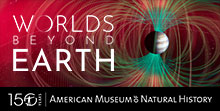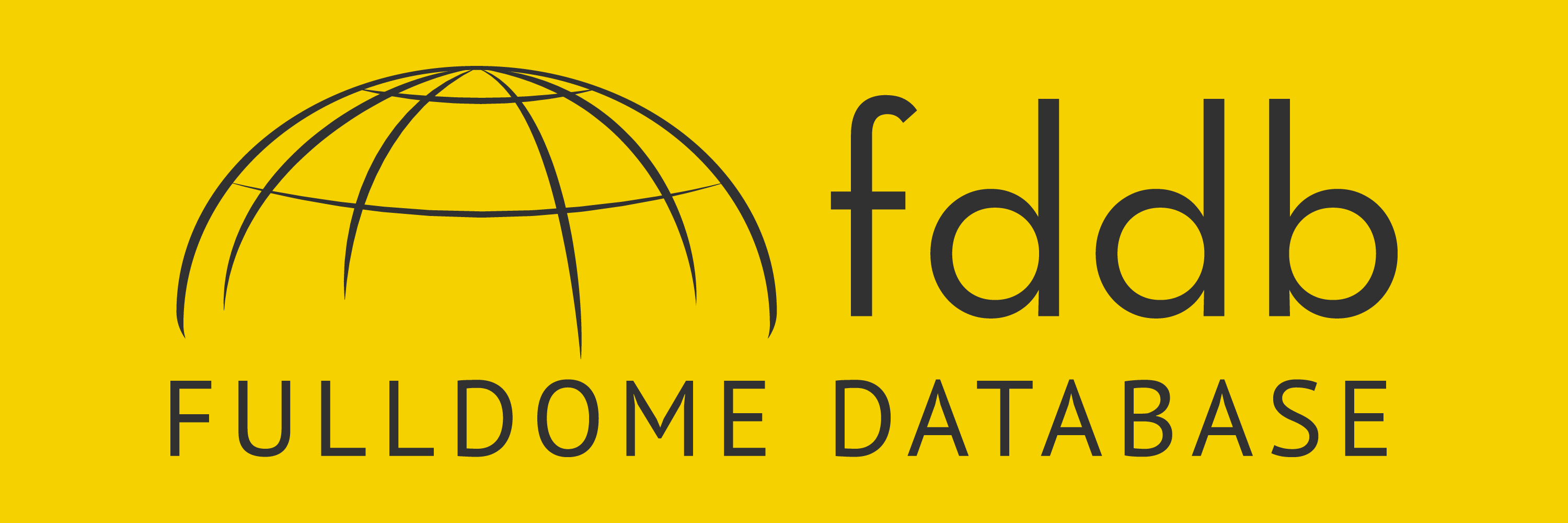Up to 8K time-lapse cinematography for fulldome industry
Patryk Kizny - founder and studio director of LookyCreative - has gained worldwide recognition as one of the leading artists pioneering motion-controlled time-lapse cinematography in the recent years. In his works, Kizny combines technical excellence with bold artistic vision and continuously pushes the boundaries of time-lapse cinematography standards.
Wide angle, spacious shots, precise camera movements and a focus on the vast space are the key qualities differentiating his style as an artist and cinematographer with remarkable attention to details.
Kizny has also a track record in deep sky astrophotography - in 2007 he built his own robotic astronomical observatory in Wroclaw, Poland. This is also probably why on his time-lapse videos you’ll often see great nightscapes of the Milky Way or star parties gathering other amateurs for astrophotography and stargazing.
Kizny’s passion for time-lapse then evolved very quickly. In early 2010 he built his first prototypes for a time-lapse motion-control dolly and - together with Robert Paluch - started developing and selling dedicated motion-controlled systems for time-lapse cinematography under the DitoGear™ brand.
In 2010 Kizny shot a remarkable short film done almost entirely in motion-controlled HDR time-lapse, “The Chapel”, capturing the beauty of a unique decaying Protestant chapel in the small village of Zeliszow, Poland. Since September, 2010 the film has been watched over 1.000.000 times on Vimeo; it’s a great and amazing piece of art and technique.
Watch the making of "The Chapel"
More recently, together with Spanish director Damian Perea, Kizny shot another breakthrough short film changing the landscape and perception of time-lapse as a means of expression: “The Dreams Come True”. It is probably the first film of this type - a fully scripted story-driven narrative short film making use of time-lapse to enhance the poetic character of the script.
Yeah... ok, Patryk is a great guy who has done great time-lapse photography, but what has all this anything to do with the fulldome media!?
With years-long field expertise with time-lapses, Patryk started experimenting with fisheye time-lapse some time ago in his film “Gothic and Spring”, but it was probably the idea of shooting a feature length documentary about amateur astronomy driven with a story of deep passion for the night sky and refined with first-class time-lapse imagery that turned his attention to the Omnimax theatres and the fulldome medium.
Camera system for the motion-controlled, high resolution fulldome time-lapse cinematography
As of early 2012 Kizny brings something new to the world of time-lapse and to the fulldome industry with his tests of a unique camera setup dedicated for fulldome time-lapse cinematography at high resolutions.
As a newcomer to the fulldome industry, Patryk realised that shooting high quality time-lapse content suited for fulldome projection did not seem possible or at least did not seem easy technologically.
With most dome projectors requiring the 180°x360° fisheye-projection image at resolutions ranging from 4K (4096 x 4096px) to 8K (8192 x 8192), it became clear that virtually no existing technology allows for that.
Let’s have a look at a few approaches used by most of fulldome producers:
- DSLR + circular fisheye lens
- Mostly adapted from commonly used approaches.
- Advantages: relatively easy workflow for shooting and post.
- Drawbacks: low optical quality of images rendered by fisheye lenses, lack of resolution forcing to upscale (in the best case upscaling from ~3700 x 3700 px image from 5DMKII to 4K with about 20% quality loss).
- DSLR + Wide angle + Stitching
- Build a custom-designed rig with a few cameras and wide angles or use a robotic head to shoot series of images. Stitch in post.
- Advantages: sufficient resolution and quality.
- Drawbacks: very ugly and time-consuming workflow, flares issues.
- Photos + time-lapse assets + CGI
- Shoot panoramas or gigapanoramas, some time-lapse assets, put everything together in post adding some camera movement with camera mapping.
- Advantages: decent quality & flexibility.
- Drawbacks: time consuming, difficult workflow, high production costs, limited application.
As a guy a bit paranoid about image quality, Patryk wasn’t a big fan of using the DSLR + Fisheye approach. What interested him mostly was being able to shoot time-lapse with a reasonable workflow and simplicity of setup without compromising the quality.
Turning that situation into an opportunity he took up the challenge and started to research.
After a few months of independent research and testing, Patryk’s company just announced their successful results and a proof of concept of an unique camera setup they invented for shooting ultra-high resolution fulldome time-lapse.
The setup is based on a great invention by Stefan Steib – the HCAM camera, a 35mm standard fisheye lens and a medium format digital back. While the first part of the setup is crucial, the latter may be adjusted depending on the particular requirements and goals. The great thing about the HCam is that it allows you to use any lens with any medium format digital back. As simple as that, and it works.
What they used in the tests was a Leaf Aptus 8 digiback at about 30 MP (with rectangular resolution of ~5400 x 5400 px) and the new Canon 8-15mm fisheye which is a breakthrough in the world of 35mm standard fisheye lenses. Future plans assume making use of an 80MP digital back and increasing the resolution to 7500 x 7500px – as easy as using another back with HCam. As a motion control system, of course, the DitoGear™ OmniSlider Servo was used.
Let’s have a look at a few stills first. The sequences were captured during a rig testing session in Poland in Jan, 2012. Unfortunately they had only 2 days to get the whole thing working and the weather was pretty bad, therefore the content itself is not particularly mind-blowing. However, the purpose of the test was to showcase the technology capabilities and deliver quality samples, which it does indeed.
Note: this is a downscaled preview. The original footage resolution is 5400 x 5400 px and is also available as a 4K (4096×4096) Dome Master.
Download full resolution still images
Let’s have a look at quick preview of motion-controlled shots.
Conclusions
The workflow is demanding both in terms of shooting and post, even compared to the most complicated DSLR-time-lapse workflows, but definitely is much more rewarding than the other approaches mentioned. Putting it simply – it delivers a stunning image quality in terms of optical quality as well as resolution and image aesthetics.
We believe it to be a very promising breakthrough.
With this camera setup Patryk’s team was able to capture hemispherical time-lapse shots of ultra-high quality and extreme resolutions ranging from 4K (4096×4096) to almost 8K (7500×7500) suited for most demanding fulldome projects. That was not possible before, not with such quality.
Patryk is already working on a few high resolution fulldome time-lapse sequences and we can’t wait to see how his setup will be used in fulldome show production - especially paired with motion-controlled time-lapse - to bring new potential and great quality to the fulldome community and market.
About Patryk Kizny
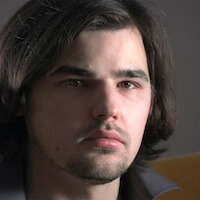 Patryk Kizny is a digital visual artist, director and cinematographer.. His skills and activities span across multiple disciplines of visual creation starting from graphic design through photography, astrophotography, motion design to cinematography & filmmaking. He is recognized as one of the pioneers of motion-controlled time-lapse cinematography and early adopters of HDSLR technologies.
Patryk Kizny is a digital visual artist, director and cinematographer.. His skills and activities span across multiple disciplines of visual creation starting from graphic design through photography, astrophotography, motion design to cinematography & filmmaking. He is recognized as one of the pioneers of motion-controlled time-lapse cinematography and early adopters of HDSLR technologies.
Since 2010 he has been running LookyCreative - a film production company as well as (together with Robert Paluch) DitoGear – a time-lapse motion control equipment manufacturer.
Learn more about Patryk Kizny's time-lapse services:
Follow Patryk and his work
Have you liked this post? Subscribe to FDDB Newsletter
Sign up now, it's free!










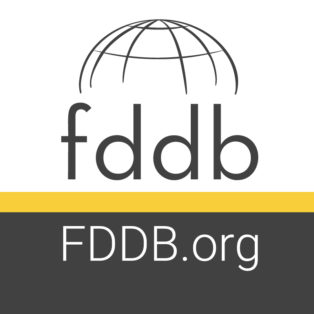
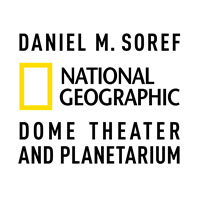
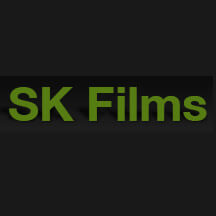
![[VIDEO] Meatwad – Full Dome Experience @FDUK 2014](https://www.fddb.org/wp-content/uploads/img_blog_meatwad_fulldome_experience_video-314x314.jpg)

